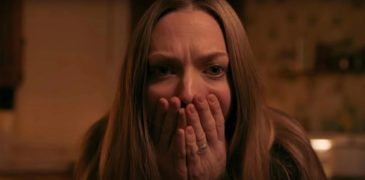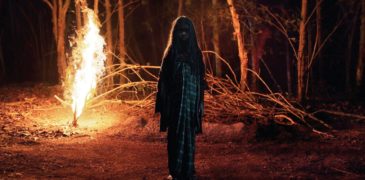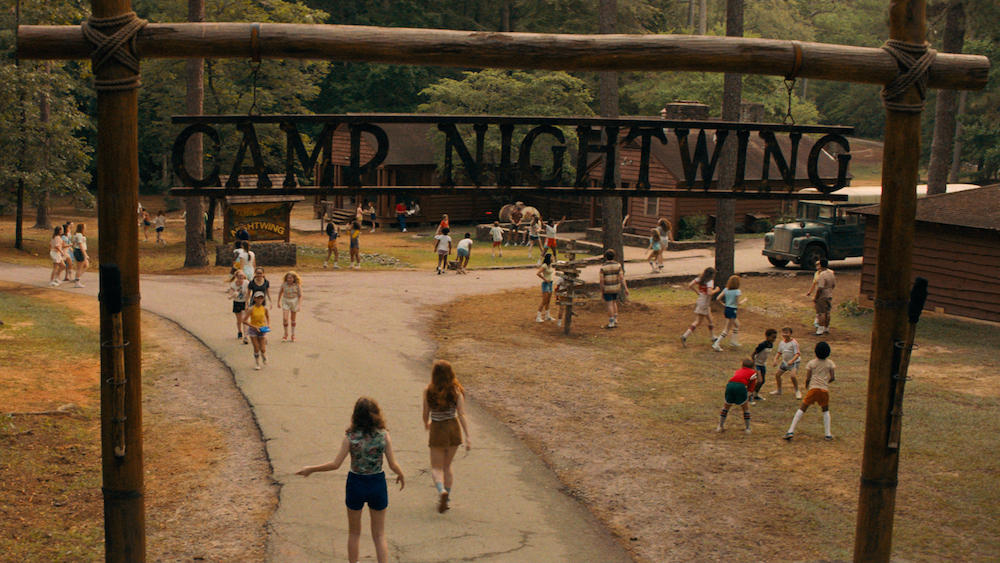
I can’t believe that in my review of Fear Street: 1994, I forgot to mention the most important part of a successful slasher film: the sequel. Some slashers don’t always give us the promise of more, but others such as Halloween and Friday the 13th telegraph the continuing carnage from the first few scenes of the film. I think we always knew that Michael Meyers wouldn’t be there when Dr. Loomis looked over the balcony. The dream sequence where Alice is attacked by Jason Voorhees? We all knew that wasn’t a dream, but just a setup for the bigger and badder killer of Friday the 13th: Part 2. It’s those setups in slasher films that keep the excitement going long after we have left the theater. Fear Street: 1994 plays this classic horror trope to perfection in the final moments of the film. Fear Street: 1978 picks up right where its predecessor left off. Hopefully, since you are reading this you have already had a chance to check it out but if you haven’t, you might want to stop here because I am about to spoil some major plot points.
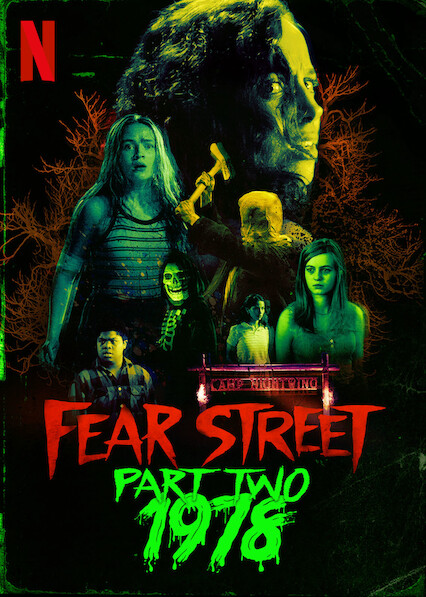
Deena, Sam, and Josh think they have finally escaped the curse of Sarah Fier, by drowning Sam in a lobster tank and subsequently reviving her. We all know by now that you can’t trick a witch on a technicality. Technically, Sam died and thus ended the curse, but witches are usually smarter than even the brightest of teenagers (unless you are the Sanderson Sisters apparently), so you know that they aren’t going to get away from the centuries-old curse that easily. In the final scene of the film, we see that Sam’s name has been carved into a rock alongside the names of all of the Shadyside Killers of the past decades as Sam is suddenly possessed and tries to kill Deena, only to be subdued and tied up with a phone cord.
Desperate for help on how to break the curse, Deena and Josh turn to C. Berman (Gillian Jacobs), the now reclusive survivor of the 1978 Camp Nightwing Massacre. Berman, reluctant to be drawn back into the world of Sara Fier, finally relents after seeing a possessed Sam tied up in the trunk of Deena’s car. Berman, who is also clearly suffering from some major PTSD, begins to tell her account of the Camp Nightwing Massacre. I kind of wish there was a Scooby Doo-like transition where the screen goes all wavy and trippy but that is also why I will never be asked to direct a film.
It was already established in Fear Street: 1994 that we will be bombarded with a soundtrack of quick clips using songs from the time period, so we had better get used to it. For the record, Fear Street: 1978 has sixteen 1970’s songs crammed into a one-hour and forty-nine-minute movie. I will relent, though, and say that the transition song from the ’90s to the ’70s is pretty clever by using Nirvana’s cover of The Man Who Sold the World by David Bowie. See? ’90s band covering a ’70s band? Yes, I am easily amused, but at least it is a more positive outlook on the soundtrack than I had for the first film.
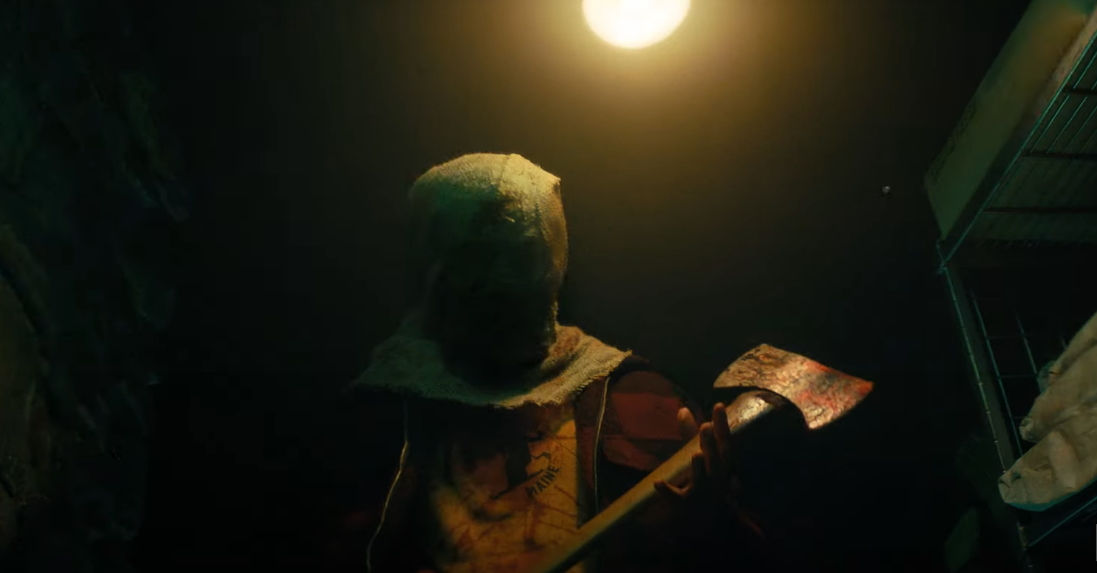
Camp Crystal Lake…wait, I mean Camp Nightwing (a direct nod to the book Fear Street No. 12) is just pure nostalgia. It looks like every single camp that we have seen in all of our favorite slasher films from Friday the 13th to Sleepaway Camp, complete with teenage camp counselors who look a bit too old to be teenagers, which will be important later in the film. Our first scene at Camp Nightwing follows Ziggy Berman (Sadie Sink, also of Stranger Things fame) being chased by a group of kids from the camp calling her a witch and attempting to string her up. Yikes. This is why I am terrified by groups of adolescents, they are brutal. Before being dispersed by two of the camp counselors the kids even go as far as burning Ziggy with a lighter, comparing it to the burning of Sara Fier.
When Sadie is sent to the camp nurse, we get our first look at some of the mythology surrounding the curse of Shadyside with an open journal depicting images of witchcraft. Even though the central plot of the film is based on the curse of Sara Fier, I really appreciate the thought that went into the lore of the films. Yes, once you create lore, you inevitably open a bunch of plot holes that are difficult to fill, but they went for it and tried to create a universe for the films to live in, and it is more ambitious than I expected.
One of my favorite things about a slasher sequel is the simple promise of more. In addition to a typically bigger and badder killer, there is also the promise of more kills, more blood, and usually more sex. Well, Fear Street: 1978 delivered on all of these. From the news clippings and brief explanation of the Camp Nightwing Massacre in FS:1994, we already knew the kill count was pretty high and we knew that the killer was going to be the masked, ax-wielding psychopath who terrorized the teens in 1994, but the mystery was going to be how it all happened. Well, it turns out that the “baghead Jason” homage was really just a plot point to conceal the identity of who the killer was in Fear Street: 1978, as they go the majority of the film with their face exposed. At first, I was kind of disappointed by this, but after sitting with the film overnight, I realized that it was for the best. Clearly imitating an already iconic killer, having them without a mask kept the film from feeling like a direct ripoff of Friday the 13th: Part 2.
Once our killer is fully established and the blood starts flowing, Ziggy and Christine Berman have to try to unravel the mystery of the curse that Sara Fier has placed on Shadyside in hopes to save their friends. Rounding out the Scooby gang in this film is a young Nick Goode, who we previously saw as the Sheriff in FS:1994. His role in the first film reflected his appearance in FS:1978 as he always seemed like he was more of an important character than he actually was. With the exception of him dropping a note reading “it’s happening again” through a mail slot, Sheriff Goode was primarily acting as the doubting authority figure throughout the first film. FS:1978 finds him fully embedded in the mystery of the curse as one of the older teen counselors trying to stop all of the campers from being axed (get it? Ok, I’ll stop).
Thankfully, FS:1978 fixed one of my biggest issues from the first film and that was the lack of kills. Sure, there was a really fun and inventive kill in FS:1994, but it just didn’t have the bloodshed that I really wanted to see in a slasher film. Of course, I was willing to look past that because I viewed it as a gateway horror film for teens. Well, FS:1978 quickly said “to hell with that” and gave us a particularly brutal ax-to-the-face as the first kill of the film. Nothing quite sets the tone of a slasher like an ax to the face. As I mentioned earlier, the importance of the camp counselors not feeling like teenagers plays a crucial role here as the film makes sure that it doesn’t kill any obvious minors on screen. All of the gore gags and on-screen deaths are reserved for the older teens who run the camp. However, there is one particular scene that was pretty “gutsy” for a teen slasher, that involves the offscreen killing of a younger camper.
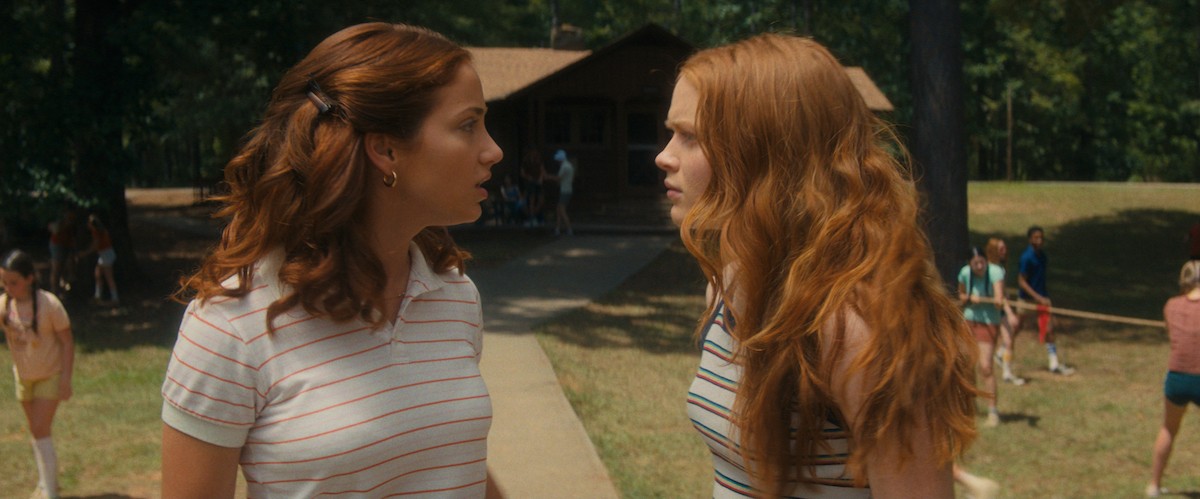
Along with the higher body count, Fear Street: 1978 also channels its slasher predecessors by bringing in more sex and nudity into the film. While there aren’t any scenes of full nudity, the film pushes that boundary by showing everything BUT full nudity. Be warned, if you are watching this with a teen, FS:1978 does feature two sex scenes that are much more explicit than the first film. The scenes aren’t particularly gratuitous, but personally, I wouldn’t want to watch them with my parents.
In my review of Fear Street: 1994, I shied away from digging too deep into a specific topic of the film for fear that I might be reading too much into an idea, however, FS:1978 doubled down and made sure that I was aware that this was important. In both films, there is a significant rivalry between the two towns central to the story, Sunnyvale and Shadyside. With a very heavy hand, Fear Street writer and director, Leigh Janiak, let the viewer know that Sunnyvale is the wealthier of the two communities. The students from Sunnyvale make a point to talk down to the kids from Shadyside to make them feel like they are lesser because of where they live, and most of the kids from Shadyside seem to accept that bit as truth. They are always making self-deprecating remarks about being from Shadyside as if they are embarrassed to live there. If those clues aren’t enough, the curse of Sara Fier literally happens because she cut off her hand and buried it in Shadyside so that she can come back for her revenge. If that’s not “heavy-handed”, I don’t know what is (I’m sorry). I think all of us can relate to this on some level. In most towns, there are definitely socioeconomic differences between certain areas. These often break down into school districts and foster rivalries, but I really like the fact that Janiak is using Fear Street as a vessel for a social commentary on the wealth gap between communities and how that can affect the choices that characters from different backgrounds make. I am really hoping that this idea is explored a bit further in the final installment of the trilogy, Fear Street: 1666.
It turns out the entire point of Fear Street: 1978 is to let Deena and Josh know that the way to break the curse is to reunite the hand of Sara Fier with her body. In a situation where your girlfriend is possessed and locked in a bathroom, I’m not sure that I would want to sit through a retelling of a murderous event that happened sixteen years ago when a simple “oh yeah, you need to reunite the hand with the body” would have worked, but if that happened, then we wouldn’t have the well of nostalgia that is this film. Now that Deena and Josh know where the hand and the body of Sara Fier are located, all that’s left is to reunite them and break the curse. Right? Well, probably not but all will be answered on July 16th, when Fear Street: 1666 starts streaming on Netflix.
Fear Street: 1978 delivers on all of the promises of a great slasher sequel while straddling the fence between feeling fresh and nostalgic at the same time. If you already watched Fear Street: 1994 and liked it, then it’s an absolutely easy sell for this continuation as it just builds on the fun of the first film. If FS:1994 left you feeling a little underwhelmed, or as one reviewer put it “stay away. For children only,” I suggest you give FS: 1978 a chance as it is a throwback to the great slashers of the ’70s and ’80s. I’ve definitely fallen under the curse of Sara Fier and will be counting down the days until all of my questions are answered in the final chapter.
More from Netflix:
Midnight Mass TV Series Review: Mike Flanagan’s Latest Creative Venture Worth Attending
Mike Flanagan is a filmmaker who, in my opinion, has consistently turned in efforts into the horror genre that I’ve yet to find disappointing. With this latest show from the…
Squid Game (2021) Review: Tender Brutality
Hundreds of cash-strapped contestants accept an invitation to compete in children’s games for a tempting prize, but the stakes are deadly. Released less than a month ago, the South Korean…
Things Heard and Seen (2021) Film Review – Unique Phycological Horror
Things Heard and Seen is an unusual, psychological horror film where several tropes are turned on their heads, while the important beats are still captured. Domestic relationships, power dynamics, and…
The Grimoire of Horror Presents: The Best Films of 2020
2020 has been a turbulent year, with many productions being delayed into 2021, or outright canceled. However, that did not stop some great films from coming out in 2020. Here…
Homunculus (2021) Team Review – What Would Your Trauma Look Like?
Susumu Nokoshi once worked for a top foreign financial company. He is now a 34-year-old homeless man, usually found around a park in Shinjuku. He then meets medical school student…
Roh (2019) Film Review – A Malaysian Horror in The Jungle
The modern age of cinema is a wonderful thing, for all of the collective conscience cooing for anything nostalgia soaked we are lucky to have access to film from around…


